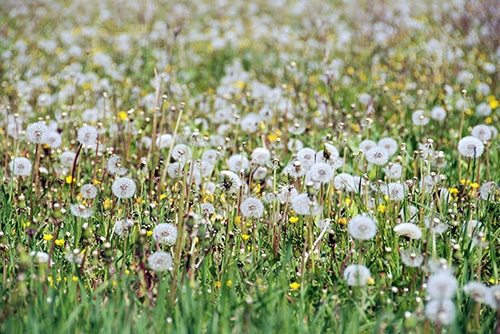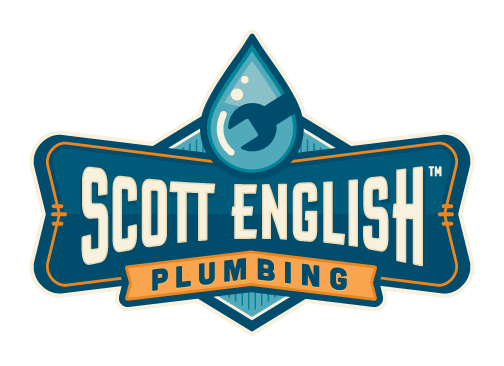Spring Plumbing Hints and Tips
 Goodbye winter, hello spring. If you’ve been looking forward to getting your house cleaned up like we have then we’re sure that you have a long list that you’ve been adding to all winter. This spring make sure to add some plumbing fixes to your list to make sure that your pipes stay in top shape all summer long. We’ll give you a few ideas on where to focus your spring cleaning energy to have the most impact.
Goodbye winter, hello spring. If you’ve been looking forward to getting your house cleaned up like we have then we’re sure that you have a long list that you’ve been adding to all winter. This spring make sure to add some plumbing fixes to your list to make sure that your pipes stay in top shape all summer long. We’ll give you a few ideas on where to focus your spring cleaning energy to have the most impact.
Inspect your Water Heater
If you turned your water heater up over winter to account for the weather make sure to turn it back down in the spring. It is recommended to keep your water heater at 120 degrees F to avoid scalding yourself, save energy, and get the longest life out of your water heater. If your water is over 10 years old it could be a good idea to have it replaced while the weather is still nice. New water heaters are far more efficient than older ones and will be able to keep up with your needs much easier.
Flush your Water Heater
Sediment will collect at the bottom of your water heater tank over time and reduce the efficiency and life of your unit. Make sure to flush your water heater at least once a year to make sure your water heater lasts as long as possible.
Check your Water Supply Lines
Check the water lines under your sinks and the supply lines to your toilets to make sure you don’t have any leaks. Even minor leaks waste a lot of water over the course of a year and can cause water damage over time. It’ll be a lot less uncomfortable to wedge yourself under that sink now than in a few months when you’re in the full heat of summer.
Schedule a Drain Inspection
If your drains have started moving slowly then make sure to schedule a sewer line camera inspection. Professional sewer line inspections can quickly find the root cause of an issue with your sewer line from leaks to root invasions. Walk along the path that your sewer line takes to the street and look for persistent muddy areas or grass that is growing faster than other areas. If you notice either of these it’s usually a sign that your sewer line has a leak.
